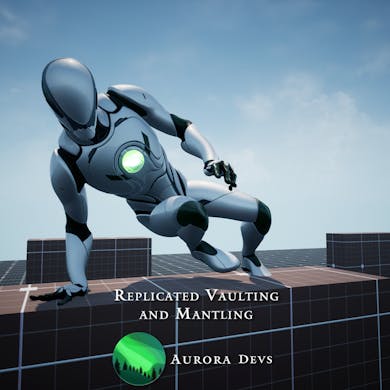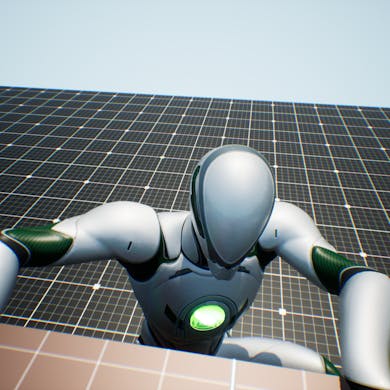Skip to content

Sliding
There are two types of sliding implemented in the project: Root-motion Sliding and root-locked sliding. Each one comes with its own benefits. Both however implement True Sliding logic, which means that the capsule size of the character is reduced in order to be able to slide under obstacles.
Sliding Settings
You can change the Sliding settings in the Component under Details Panels


Root-motion Sliding
This type of sliding uses root-motion animations. Choose this mode by setting the bUseRootMotionForSliding value to true in the Details Panel of the component and make sure EnableRootMotion is set to true and ForceRootLock to false in the Slide Main animation.
This allows you to rotate your character during the sliding by setting the SlideRotationRate yaw value (yaw = 0 means no rotation allowed).
Interpolated/Root-locked Sliding
This type of sliding uses root-locked animations and interpolation. Choose this mode by setting the bUseRootMotionForSliding value to false in the Details Panel of the component and make sure both ForceRootLock and EnableRootMotion are set to true in the Slide Main animation.
This type of sliding interpolates the character’s position forward during the SlideMainMontage. You can set the speed and the distance of the slide by modifying the RootLockedSlideSpeed and RootLockedSlideDistance values.
This also allows you to rotate your character during the sliding by setting the SlideRotationRate yaw value (yaw = 0 means no rotation allowed).
The duration of the montage is the result of Time = Distance/Speed
Want to print your doc?
This is not the way.
This is not the way.

Try clicking the ⋯ next to your doc name or using a keyboard shortcut (
CtrlP
) instead.

